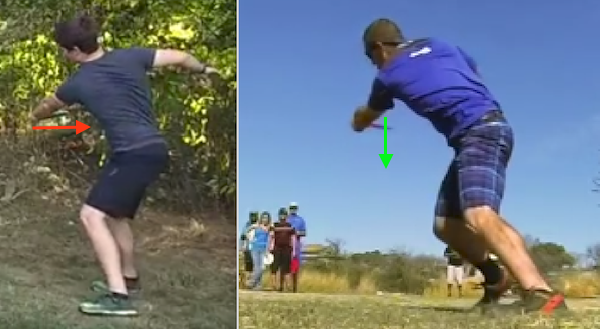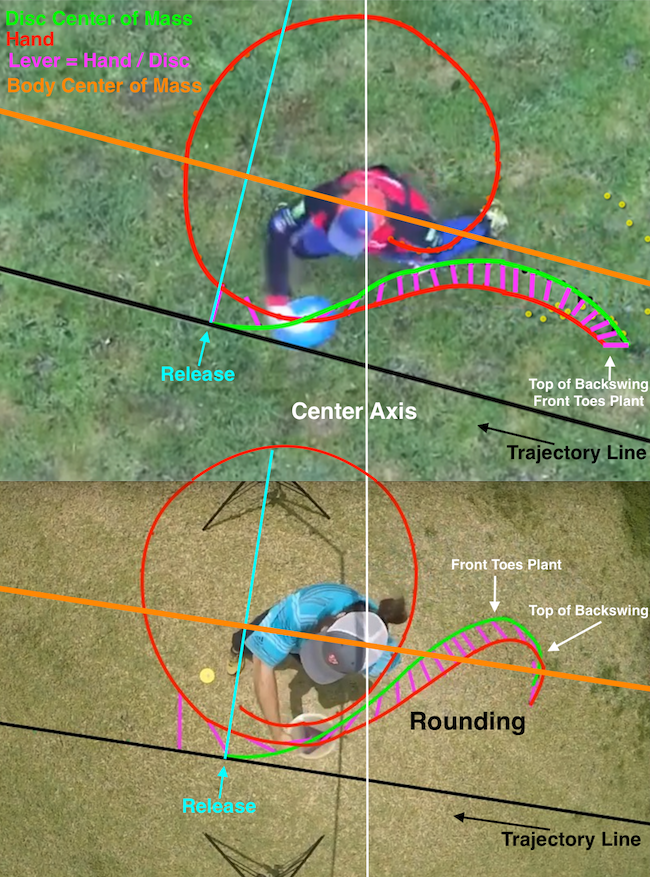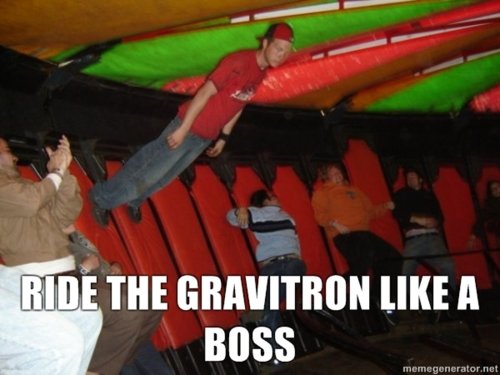Because Force still = Mass * Acceleration. The arm ends up fully extended either way at release so the effective lever length is the same, as well as your counterweight or body "weight" or Force applied to the disc across the arm lever.
The more you bend the elbow, the more it cams off the tension like a compound bow. This allows for an easier/faster acceleration as the weight force tensioned to the lower arm/disc is cammed off, but ends up as more radial acceleration or spin on a disc rather than linear exit speed when all the weight force is uncammed back at the hit. I believe this difference in spin is also why Feldy throws more overstable discs to compensate for less spin than the other pros
Imagine Feldy using a 3' long 15lb. sledgehammer, while the other pros are using a 1' long 5lb. sledgehammer, and they are both hitting the nail with about the same force behind it. It's about the same force because the force comes from you countering the hammer, your weight(Mass*Gravity). During the throw your weight/force levered to the disc should be experiencing a couple extra G-forces through braced ground force reaction.
Imagine as if your body is the Tilted Spiral or Graviton machine, and the arm/disc is the person along for the ride in the machine. The machine/body still needs to be grounded/braced to make that G-force effect for the arm/disc inside to feel it or be applied/levered to it.



